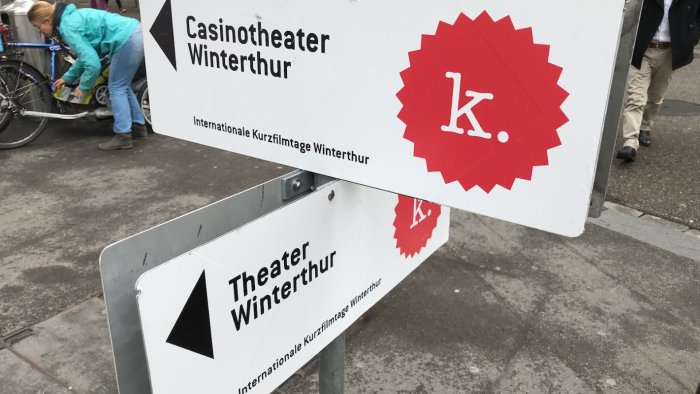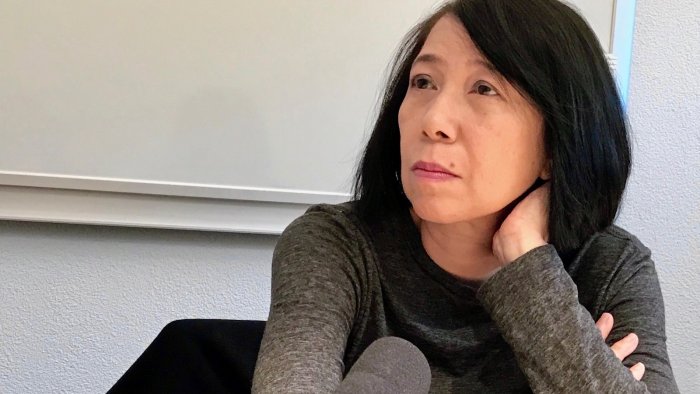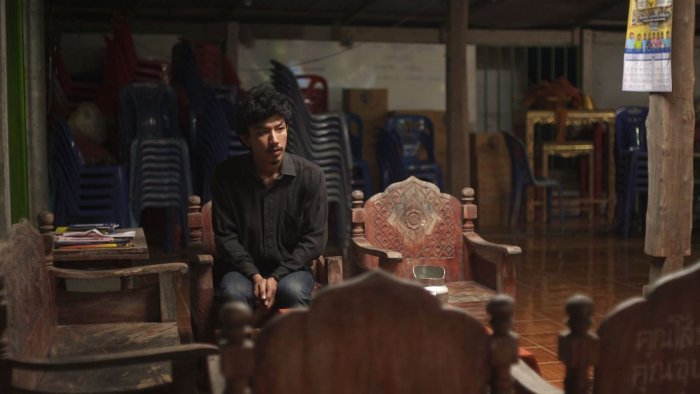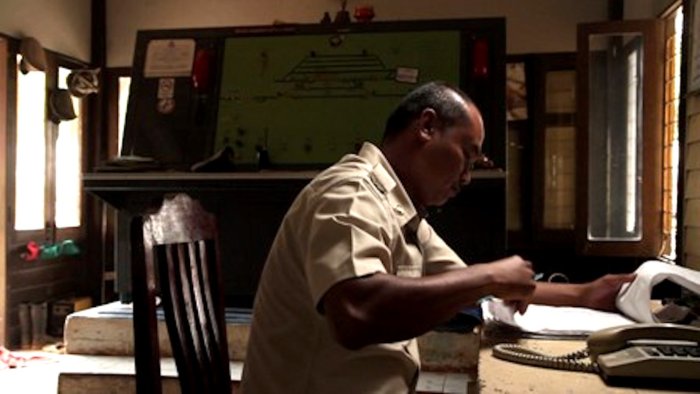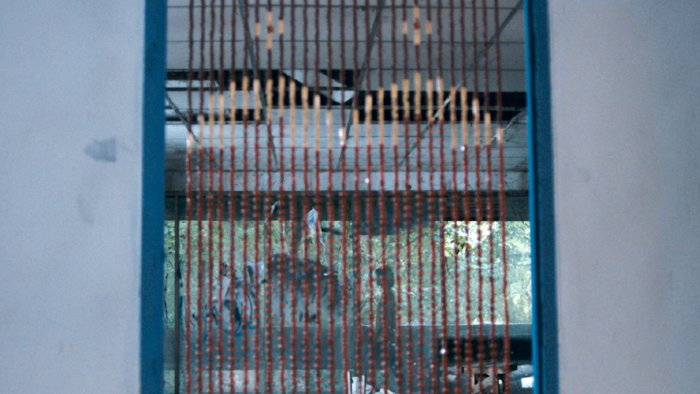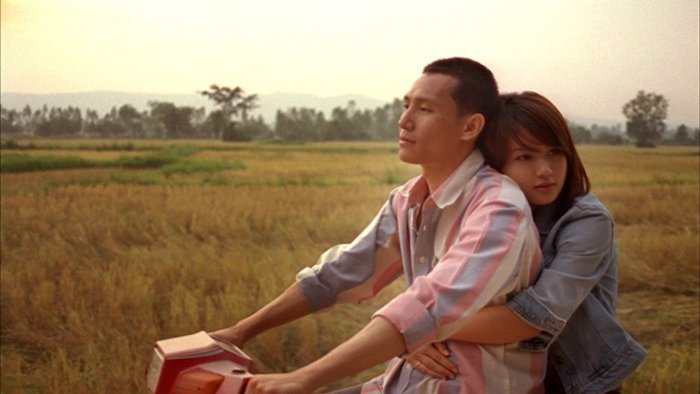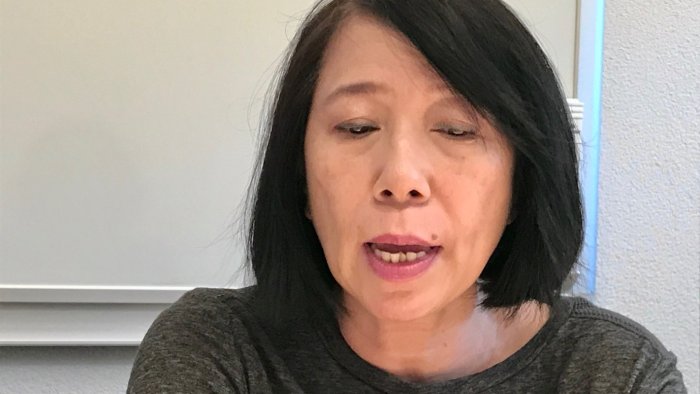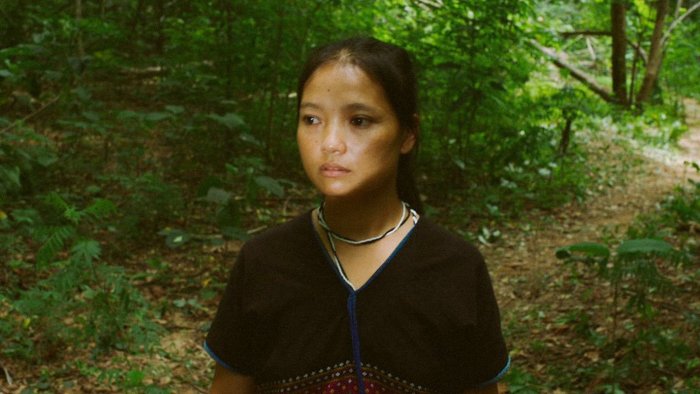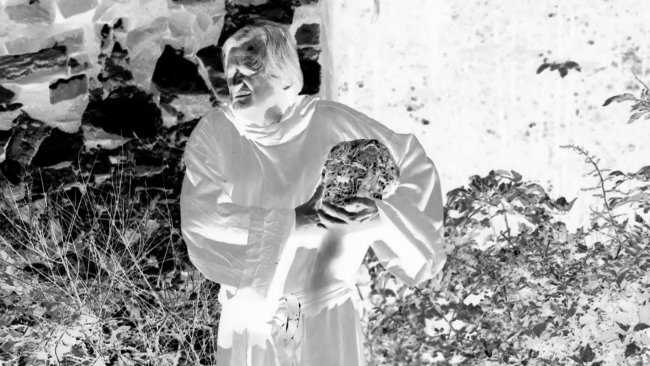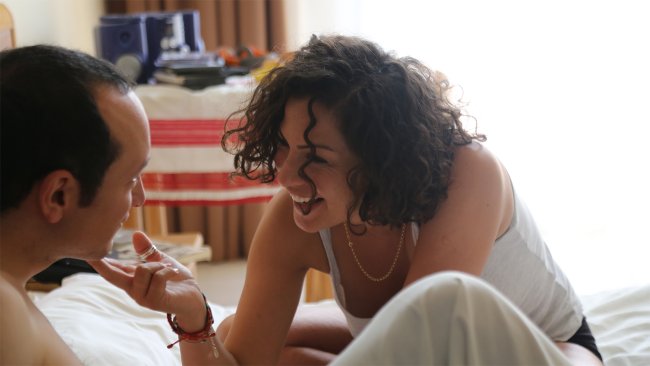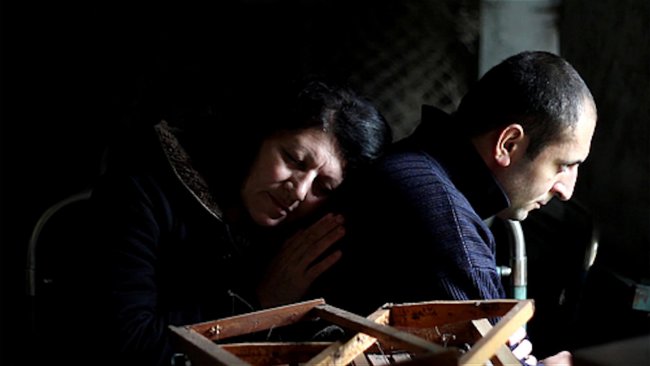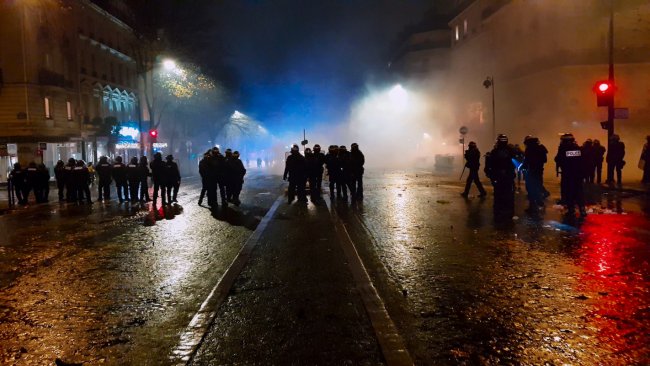Pimpaka Towira
[…] We will play along in creating an open and incomplete “Pimpaka Towira’s alphabet”, because one of the main virtues of her cinema seems to be her ability to shape a personal cinematic grammar – which serve as a bridge for us to access some important aspects of Thai culture.
[…] The centrality of the camera movement stresses the importance of our eyes as tools of discovery. The contemplative mood we feel in Pimpaka’s films results from our empathic presence in the film, thanks to the particular use of the camera.
[…] Rituals and prayers are a normal occupation insofar as the spiritual dimension is not separated from the simple gestures of daily life. Pimpaka’s cinema stresses the horizontality of the spiritual dimension.
Text: Giuseppe Di Salvatore | Audio/Video: Ruth Baettig
Podcast
Interview with Pimpaka Towira
Recorded in Winterthur during the Internationale Kurzfilmtage Winterthur 2017.
Find a list of all our Podcasts here.
K is for Kurzfilmtage Winterthur. It is a festival that has got us accustomed to slogans and titles being reduced to acronyms. And we cannot help but focus our attention on P.i.F.:P.T., i.e. “Person in Focus: Pimpaka Towira”. We were able to discover six short films by «the first female filmmaker in the country [Thailand] who made a name for herself among international critics and cinephiles», «a key voice of contemporary Thai cinema» – as she has been presented in Winterthur.
I is for Interview. Yes, for we were fascinated by her films and we did not miss the opportunity to meet her and speak with her about her visions on cinema, her life as a filmmaker, and her relationship to her country, Thailand.
A is for Alphabet. Above, you can listen to the audio-interview. As a sort of accompaniment to her words, we will play along in creating an open and incomplete “Pimpaka Towira’s alphabet”, because one of the main virtues of her cinema seems to be her ability to shape a personal cinematic grammar – which serve as a bridge for us to access some important aspects of Thai culture.
L is for Language. The first effect we experience in watching her films can be disorientation. But Pimpaka Towira starts with a slow pace, thus giving us enough time to enter her world. She builds a cinematic language, which we quickly learn in order to read her stories. In this way, she reminds us of the specific feature of cinema to be not only a story-maker, but also a “language-maker”.
E is for Ellipses. Corresponding to her freedom in shaping her own personal language, we enjoy our own freedom in interpreting it. Pimpaka’s language plays with the ellipses. She draws open lines and opens fields of possibilities. Actually, she always tells a simple story in a clear and direct way, but within it, a plurality of symbols and allusions create an open cinematic space – as is particularly evident in her Prelude to the General (2016). One important remark: the use of ellipses is also due to the censorship of a military regime. Therefore, we are facing an openness that is also a response to closed political climate.
C is for Camera. Or better, P is for Personal Camera. A slow and constant movement of the camera characterizes Pimpaka’s style of filming. In The Mother (2012) the entire film is made from only two takes. The continuity and the movement of the camera express its presence. A filmic language that relies mainly on editing would push us to work with the mind, but, in this case, the opposite is true: the centrality of the camera movement stresses the importance of our eyes as tools of discovery. The contemplative mood we feel in Pimpaka’s films results from our empathic presence in the film, thanks to the particular use of the camera.
S is for Songs (and music, and sound). Together with the camera, the sound is the other protagonist that is always present in her films. The editing pushes the sounds beyond the synchronicity; music and songs stand out as proper characters. It is especially the songs that convey the Thai tradition and work as a bridge to the popular culture and to a wider audience (at least in Thailand).
J is for Jungle. Outside of the urban density and the urban rules; outside of the pressures of the military regime. Many of Pimpaka’s films are shot in the jungle, and she has developed a tight relationship with the countryside and its inhabitants. The connection with nature equally plays an important role in her style and often goes together with the connection to old traditions.
P is for Prayers. Thai spirituality is expressed through an intimate relationship with the gods. Rituals and prayers are a normal occupation insofar as the spiritual dimension is not separated from the simple gestures of daily life. Pimpaka’s cinema stresses the horizontality of the spiritual dimension, that is, the continuity between what Western cultures would distinguish as the religious and the secular.
M is for Marginality. It is not only because of the film’s jungle setting that we become aware that we are looking at the periphery. Pimpaka explicitly sides with the marginalized people: the union workers, as in My Father (2010), the activists and ethnic minorities, like the Karen people along the border with Myanmar in The Purple Kingdom (2016). Pimpaka’s cinema joins together a contemplative attitude and a sense of political commitment, the former also being a form of political resistance.
W is for Women. Even if some of her films assume the point of view of a male protagonist – like in My Father (2010) or Terribly Happy (2010) –, the women are the strongest figures in Pimpaka’s cinema. Always able to resist, look forward and avoiding any despair, they express what Chris Marker had called “a little root of indestructibility” (Sans soleil).
Watch
See Pimpaka Towira’s The Mother (2012)
Info
Pimpaka Towira | Interview | Internationale Kurzfilmtage Winterthur 2017
More on the Programmes of Pimpaka Towira’s Short Films
First published: November 18, 2017
